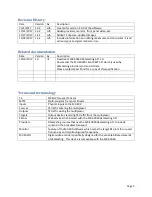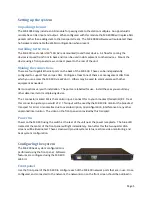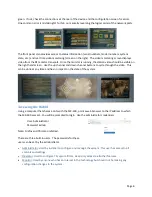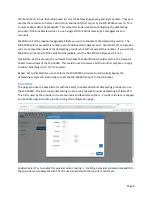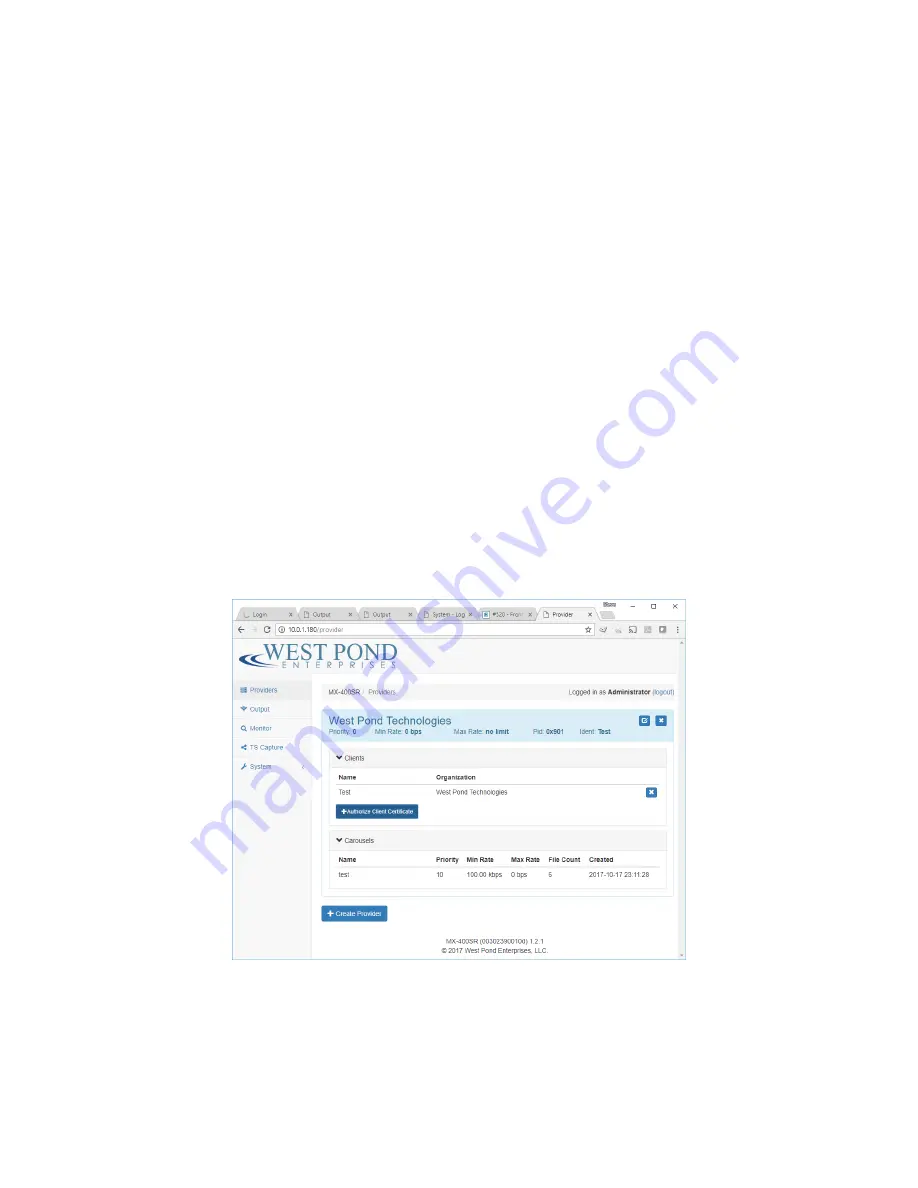
Page 9
PID: The PID to be assigned to this provider. Multiple providers can be assigned the same PID or
assigned independent PIDs. The PIDs should not be used by any other service in the transport.
Priority: 0 – 100 where 100 is the highest priority. Higher priority carousels are allocated their share of
the opportunistic data before any data is allocated to the next lower priority provider.
Min Rate & Max Rate: Bandwidth is allocated, in priority order, to meet the minimum bitrate of each
provider. Once all providers have achieved their minimum bitrate, the remaining bandwidth is allocated
to the providers in priority order. As each provider’s maximum bandwidth is allocated, the next lower
provider will be allocated until all of the maximum bitrates are achieved. At no point will the output
maximum bitrate be exceeded nor will the output minimum NUL bitrate be undersubscribed. Setting
the Max Rate to 0 will block all lower priority providers from receiving more than their minimums.
Certificate: Provider certificates are provided by West Pond to both the broadcast facility and the
provider. The provider uses this certificate to access the Rest API. The provider equipment will
communicate with the MX-400SR datacasting API using this certificate. The MX-400SR will check the
certificate to ensure that the Rest API user is accessing resources allocated to that provider. The Rest
API cannot be used without a certificate. Navigate to the certificate file to enable the provider.
Once a provider is enabled and running, the provider’s status screen will contain statistics about that
provider’s datacasting activities. Additional client certificates can be enabled using the “Authorize Client
Certificate” button as seen in the Provider page of the WebUI.



